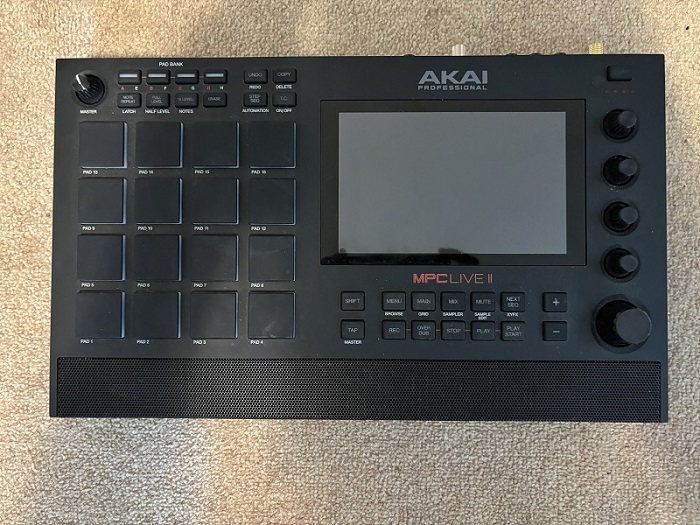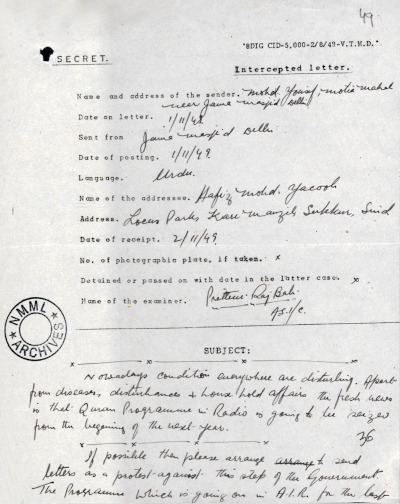
Being Heard as Experimental
Hip Hop is a musical genre and cultural movement that has been the birthplace of ingenious creativity and novel methods of music making that incorporate new and old technologies (Driscoll 2009). These technical innovations can be seen in the redeployment (Fouché 2006, p. 642) of the turntable through moving the record backwards and forwards to generate new sonic textures and generate hypnotic repetition through breakbeats. The MIDI Production Center (MPC) by Akai and Roger Linn—a MIDI sequencer, sampler, and drum machine that was initially designed to give musicians and producers an easier way to create more natural sounding drums in their recorded music—was almost immediately taken up by Black Hip Hop producers in the United States and used to sample longer pieces of audio from a variety of sources and then re- sequence them to create new melodies and drum rhythms. However, the histories of marginalized people’s exploration of new sounds and technologies for the sake of creative music making seems to largely diverge from the histories of what is traditionally labeled experimental music within the western musical canon. In this post, I want to explore histories of experimental music and contrast it with histories of Hip Hop to better understand who is allowed to be labeled as experimenting within music and how the answers to these questions exist along particular lines of race, space, and time. (read more...)







